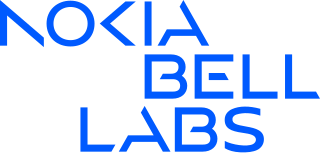
Nokia Bell Labs, originally named Bell Telephone Laboratories (1925–1984), then AT&T Bell Laboratories (1984–1996) and Bell Labs Innovations (1996–2007), is an American industrial research and scientific development company owned by Finnish company Nokia. With headquarters located in Murray Hill, New Jersey, the company operates several laboratories in the United States and around the world.

In physics, mathematics, engineering, and related fields, a wave is a propagating dynamic disturbance of one or more quantities. Waves can be periodic, in which case those quantities oscillate repeatedly about an equilibrium (resting) value at some frequency. When the entire waveform moves in one direction, it is said to be a traveling wave; by contrast, a pair of superimposed periodic waves traveling in opposite directions makes a standing wave. In a standing wave, the amplitude of vibration has nulls at some positions where the wave amplitude appears smaller or even zero. Waves are often described by a wave equation or a one-way wave equation for single wave propagation in a defined direction.

A waveguide is a structure that guides waves, such as sound, light, radio waves or other electromagnetic waves, with minimal loss of energy by restricting the transmission of energy to one direction. Without the physical constraint of a waveguide, wave intensities decrease according to the inverse square law as they expand into three-dimensional space.
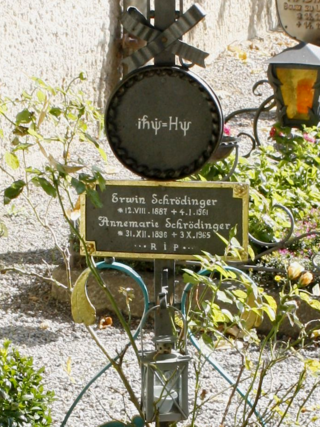
The Schrödinger equation is a linear partial differential equation that governs the wave function of a quantum-mechanical system. Its discovery was a significant landmark in the development of quantum mechanics. The equation is named after Erwin Schrödinger, who postulated the equation in 1925 and published it in 1926, forming the basis for the work that resulted in his Nobel Prize in Physics in 1933.
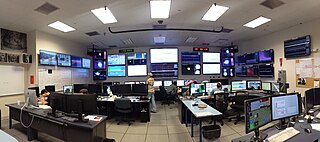
The Laser Interferometer Gravitational-Wave Observatory (LIGO) is a large-scale physics experiment and observatory designed to detect cosmic gravitational waves and to develop gravitational-wave observations as an astronomical tool. Two large observatories were built in the United States with the aim of detecting gravitational waves by laser interferometry. These observatories use mirrors spaced four kilometers apart which are capable of detecting a change of less than one ten-thousandth the charge diameter of a proton.
Sound pressure or acoustic pressure is the local pressure deviation from the ambient atmospheric pressure, caused by a sound wave. In air, sound pressure can be measured using a microphone, and in water with a hydrophone. The SI unit of sound pressure is the pascal (Pa).
In quantum mechanics, the measurement problem is the problem of how, or whether, wave function collapse occurs. The inability to observe such a collapse directly has given rise to different interpretations of quantum mechanics and poses a key set of questions that each interpretation must answer.

John Robinson Pierce, was an American engineer and author. He did extensive work concerning radio communication, microwave technology, computer music, psychoacoustics, and science fiction. Additionally to his professional career he wrote science fiction for many years using the names John Pierce, John R. Pierce, and J. J. Coupling. Born in Des Moines, Iowa, he earned his PhD from Caltech, and died in Sunnyvale, California, from complications of Parkinson's Disease.
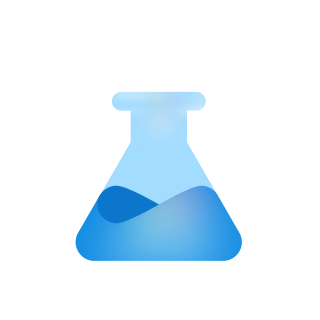
Google Labs is an incubator created by Google to test and publicly demonstrate new projects.
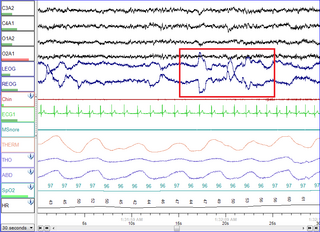
Polysomnography (PSG), a type of sleep study, is a multi-parameter study of sleep and a diagnostic tool in sleep medicine. The test result is called a polysomnogram, also abbreviated PSG. The name is derived from Greek and Latin roots: the Greek πολύς, the Latin somnus ("sleep"), and the Greek γράφειν.
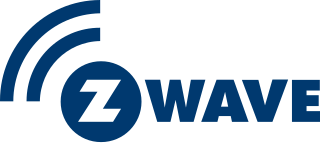
Z-Wave is a wireless communications protocol used primarily for residential and commercial building automation. It is a mesh network using low-energy radio waves to communicate from device to device, allowing for wireless control of smart home devices, such as smart lights, security systems, thermostats, sensors, smart door locks, and garage door openers. The Z-Wave brand and technology are owned by Silicon Labs. Over 300 companies involved in this technology are gathered within the Z-Wave Alliance.

WaveLab is a digital audio editor and recording computer software application for Windows and macOS, created by Steinberg. WaveLab was started in 1995 and it is mainly the work of one programmer, Philippe Goutier.

The Philips Natuurkundig Laboratorium or NatLab was the Dutch section of the Philips research department, which did research for the product divisions of that company. Originally located in the Strijp district of Eindhoven, the facility moved to Waalre in the early 1960s. A 1972 municipal rezoning brought the facility back into Eindhoven, which was followed some years later by Eindhoven renaming the street the facility is on into the Prof. Holstlaan, after the first director.
The Bell Labs Technical Journal was the in-house scientific journal for scientists of Nokia Bell Labs, published yearly by the IEEE society.
Disc Description Protocol (DDP) is a format for specifying the content of optical discs, including CDs and DVDs.

Worlds' Finest is a comic book published by DC Comics, a reimagining of the classic World's Finest Comics, with a similar name but a differently-placed apostrophe. It was launched in May 2012 with a July 2012 cover date. The series was part of a second wave of The New 52 reboot and was one of six titles replacing previously cancelled titles.
The Quantum Artificial Intelligence Lab is a joint initiative of NASA, Universities Space Research Association, and Google whose goal is to pioneer research on how quantum computing might help with machine learning and other difficult computer science problems. The lab is hosted at NASA's Ames Research Center.
Weave is a network application layer protocol and, in implementation, a comprehensive toolkit for building connected Internet of Things-class applications, with a primary and current focus on consumer and residential applications.

The Los Angeles Wave is an African-American newspaper created by C.Z. Wilson, first published in 1912 in Los Angeles, California. It has 92,000 subscribers, which is more subscribers that any other black newspaper. The newspaper group claims to have circulation of 1.2 million serving diverse neighborhoods in the greater Los Angeles area.











